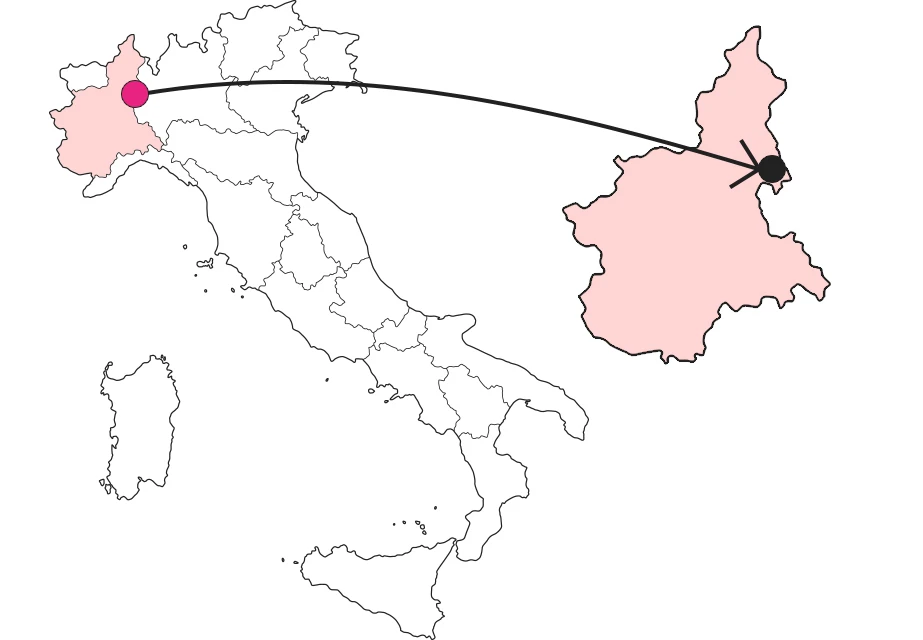












The Badìa of Dulzago
The perfect place to keep alive the ancient agricultural traditions of Novara's rice fields

Where

What it is and where it is
This is what remains of a 12th-century abbey complex that arose around the church of St. Julius. A center with a religious function, but also with a very important agricultural and land management function. As you enter the Badìa, where today there is also a km0 farm and a restaurant, you can still see the courtyards, the spaces that were used by the monks, the church with fine Romanesque finishes, traces of frescoes and renovations between the 17th and 18th centuries. A unique atmosphere!
Why it is special
Entering the Badìa is like stepping into the past: it is special because there is an air of antiquity and spirituality, but also of still-alive agricultural traditions rooted in the period when rice arrived in our countryside.
Not to be missed
San Giulio 's Bean Festival at Badìa di Dulzago is definitely an event not to be missed. The first person to mention the fagiolata is a seventeenth-century bishop: on the feast day of San Giulio, he writes, bread and beans are distributed free of charge to everyone who shows up at the church of San Giulio. According to tradition, eating them keeps snakes away (thought to have been very present, but also linked to the saint's iconography). Even today, in the days leading up to the feast, women prepare beans, potatoes, carrots, cabbage, onions, and garlic. With the addition of pork rinds and lard, the vegetables are boiled from early Sunday morning in nine huge copper cauldrons in the courtyard of the Badìa. Suggestive to see the characters in white, hooded, and the distribution of the beans to the crowd.
A bit of history
The present-day Badìa dates back to the 12th century. The monks and settlers who lived there reclaimed the river area by making it agricultural. It was a true residential complex, with the church, the residences of the abbot and canons, the numerous houses of the settlers, and, of course, the cemetery. The church is dedicated to St. Julius and has an interesting structure, with cross and barrel vaults, remains of frescoes in the tiburium, and three semicircular apses. The abbey was extensively remodeled between the seventeenth and eighteenth centuries, losing some of its Romanesque appearance, especially in the facade. The most intact ancient part is the outer apsidal area, decorated with terracotta arches and corbels.
Curiosities
The Badìa of Dulzago stands on the remains of the moraine hills of the Terdoppio River valley. From here, perhaps also due to the presence of some fountains, the name "dulcis acquae," from which Dulzago derives. Of the ancient village, already documented in 892 in an exchange of land between the bishop of Novara and Curiberto of Dulzago, nothing remains. The Badìa arose a few centuries later for agricultural and religious purposes.
Enter the Map of Italy's Undiscovered Wonders and find treasures where you least expect it... Inspire, Recommend, Share...
Collections
The Map thanks:
In the Community
Enter the Map of Italy's Undiscovered Wonders and find treasures where you least expect it... Inspire, Recommend, Share...
Where

Collections

